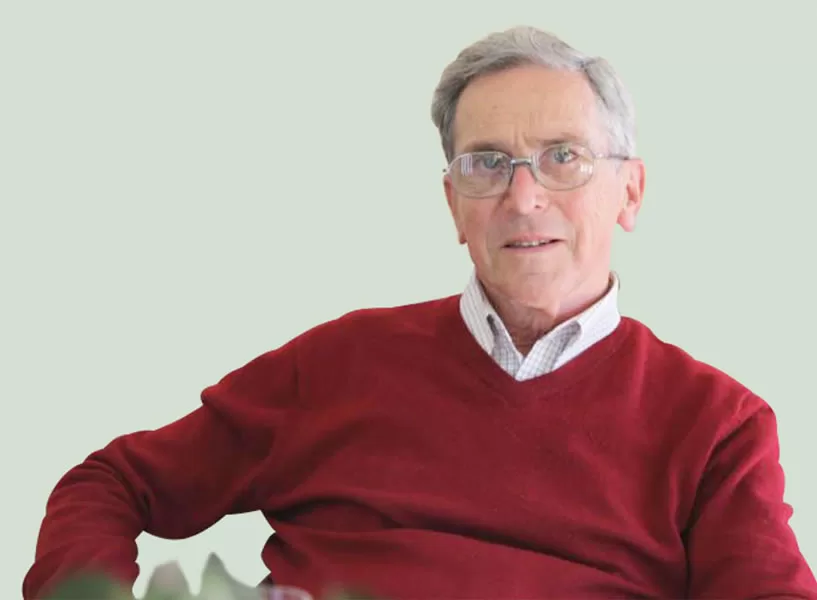Ever wake up from a nap feeling extra groggy? Naps can be beneficial for your mental and physical health, but there’s a few things you need to know. NPR’s Life Kit has tips for the optimal nap.
ADRIAN MA, HOST:
Now let’s talk about something I would love to work into my day more – nap time – ’cause, you know, naps are not just for kids. Some may say napping is a luxury, but there are actually a lot of health benefits to a daily siesta, if you do it right. Lucky for us, Andee Tagle from NPR’s Life Kit podcast has some simple steps on how to take a great nap.
ANDEE TAGLE, BYLINE: The list of potential benefits from napping is a long one.
JADE WU: I like to call it kind of a performance-enhancing drug without the drug.
TAGLE: That’s Jade Wu, a sleep medicine specialist and researcher based in North Carolina and author of the book “Hello Sleep.”
WU: It’s good for our emotion regulation. It makes us less biased towards negative stimuli and more flexible in our thinking, and things that you learned before you went and took a nap are more solidly embedded in your brain after you wake up from the nap.
TAGLE: And then there are the physical benefits, too.
WU: So athletes will often use a nap to really boost their performance, and they’ll find that they have more power. You know, they have more stamina. They feel fatigue less quickly. So napping really can all-around benefit our performance and our overall health.
TAGLE: But all naps are not created equal. Ever woken up from an afternoon snooze and felt even more tired?
WU: You’re, like, groggy. You’re dragging. You’re like, where am I? What time is it?
TAGLE: There’s a term for that discombobulated feeling. It’s called sleep inertia, and it happens when you wake up in the middle of deep sleep. So how can you make sure your nap will leave you feeling refreshed? It’s as simple as C, E, B.
WU: We want to be consistent and early and brief.
TAGLE: Let’s take each of those one by one – first up, C for consistent.
WU: And by consistent, I mean not haphazardly, sometimes early, sometimes late, sometimes, you know, long, sometimes short.
TAGLE: Wu says take a page out of some European countries’ playbooks and pick a designated time to rest.
WU: If you’re going to have a siesta, do it at the same time every day.
TAGLE: Then there’s E for early.
WU: Midday, early afternoon would be excellent.
TAGLE: Wu suggests aiming for a nap between noon and 3:00 p.m. during the day to avoid sabotaging your nighttime sleep. Or, for the night owls and shift workers out there, that means napping at least six to eight hours before your primary rest period to give yourself enough time to get sleepy again before bed. Finally, there’s B for brief. This one might be painful if you’re a fan of a long, leisurely afternoon snooze. But…
WU: Naps that are too long are, first of all, going to interfere with your nighttime sleep, and we don’t want that.
TAGLE: Taking short naps also makes it more likely that you’ll stay in the lighter phases of sleep and will be able to avoid that sleep inertia.
WU: We want to keep it at about half an hour, hour at most. If you set a timer for about 45 minutes, give yourself a few minutes to get into sleep, you’ll probably end up sleeping about 30-ish minutes, and that’s pretty safe. That’s good.
TAGLE: From there, it’s just about making the time to take that break, which, of course, is easier said than done.
WU: It might take a lot of practice at first because we are conditioned to be always multitasking, always productive, right? It’s really hard to actually just rest for 30 minutes in the middle of the day, but it’s so crucial.
TAGLE: And yes, that was rest you heard, not sleep. If you’re not the napping type, Wu says there’s still a lot of benefit in taking a daytime pause.
WU: If I fall asleep, great – if I don’t fall asleep, also great. So even if you don’t fall asleep, even if you just kind of hang out in a meditative state or do some mindfulness practices or even just let your mind wander, those states are really restful and really special and can be rejuvenating in a similar way that a nap can be rejuvenating.
TAGLE: For NPR’s Life Kit, I’m Andee Tagle.
Copyright © 2024 NPR. All rights reserved. Visit our website terms of use and permissions pages at www.npr.org for further information.
NPR transcripts are created on a rush deadline by an NPR contractor. This text may not be in its final form and may be updated or revised in the future. Accuracy and availability may vary. The authoritative record of NPR’s programming is the audio record.
















